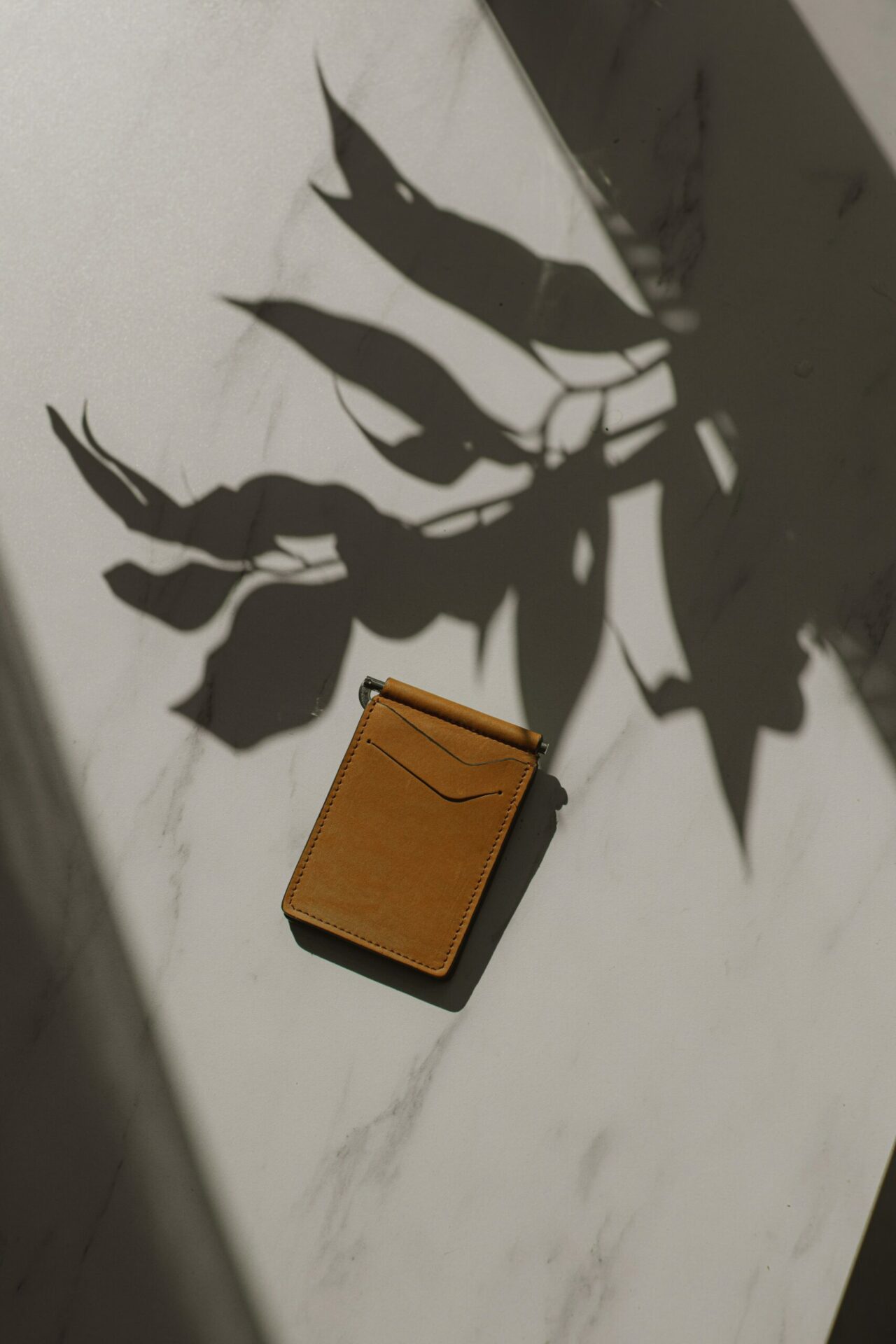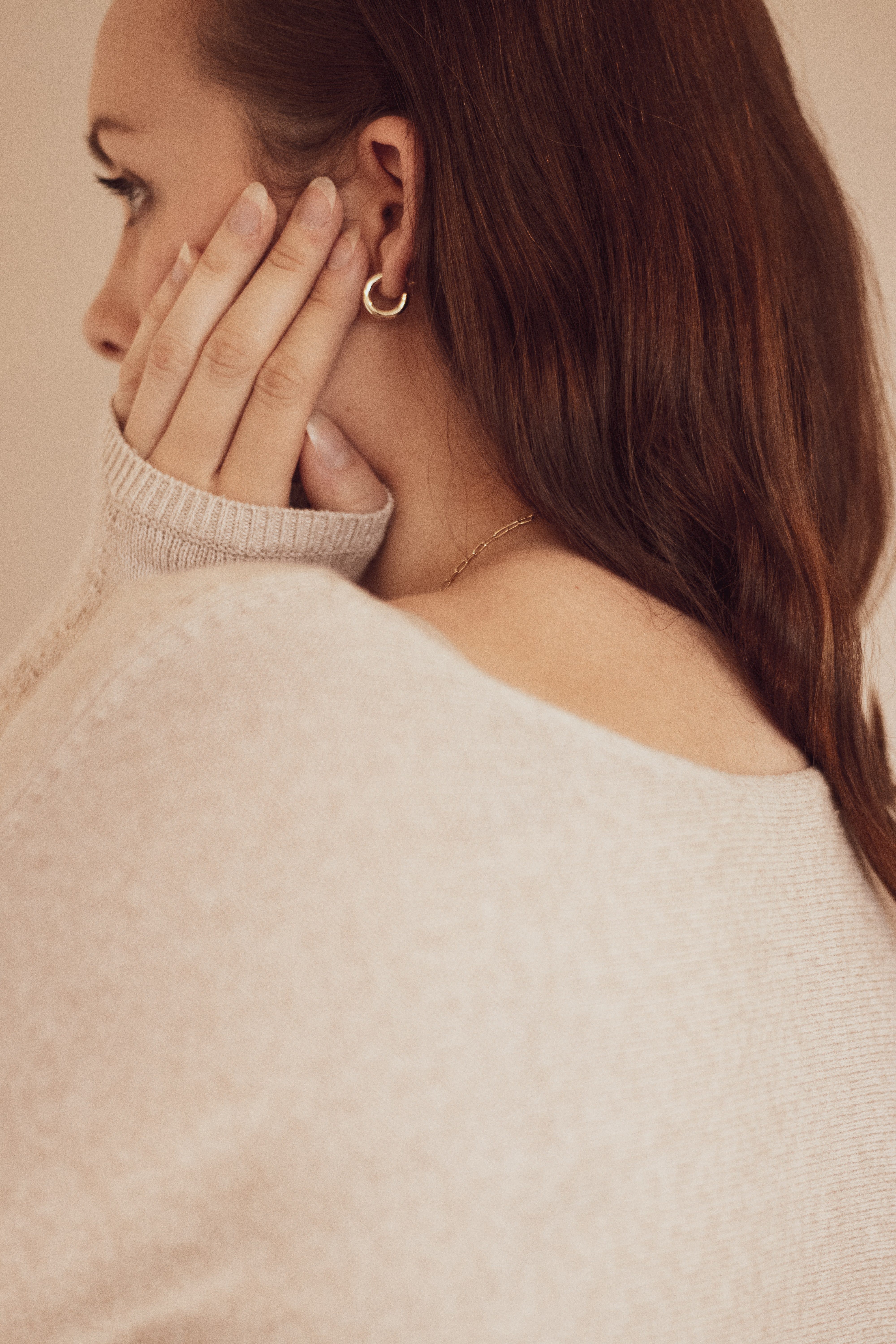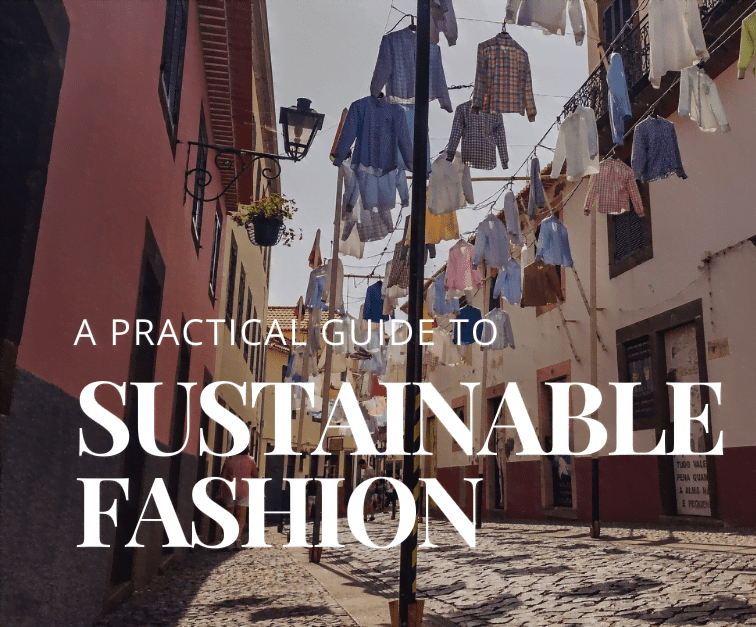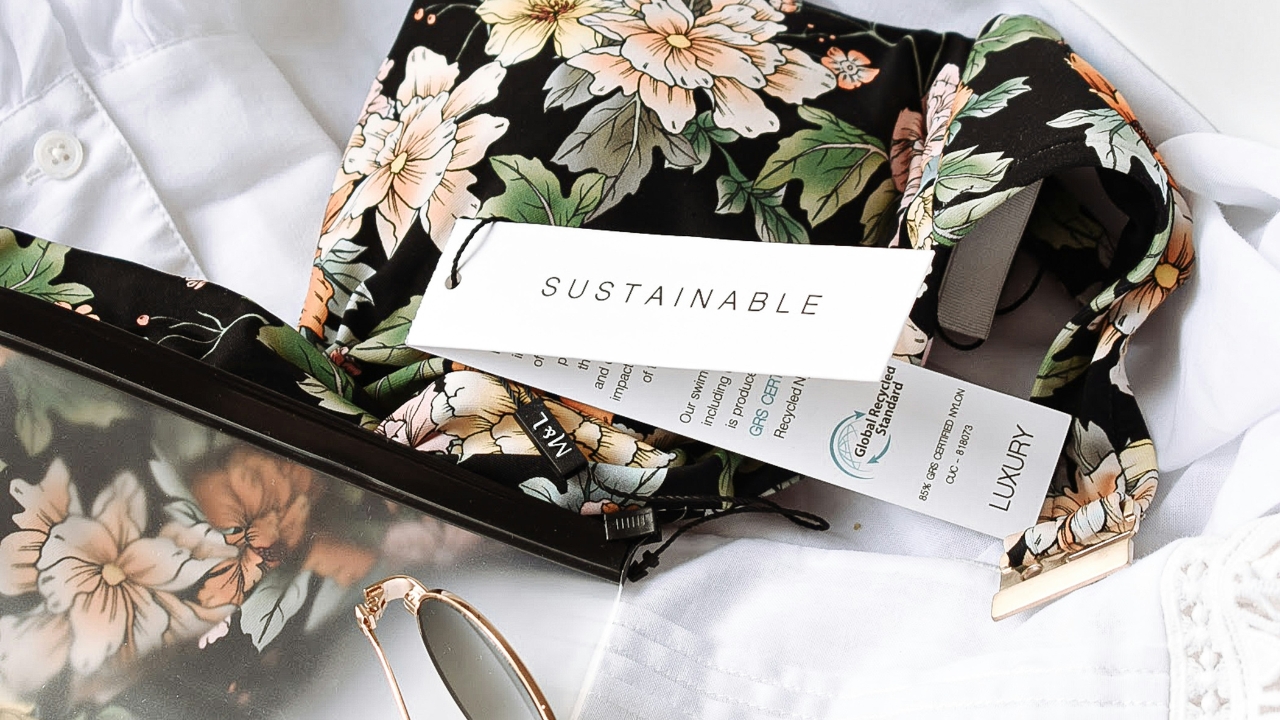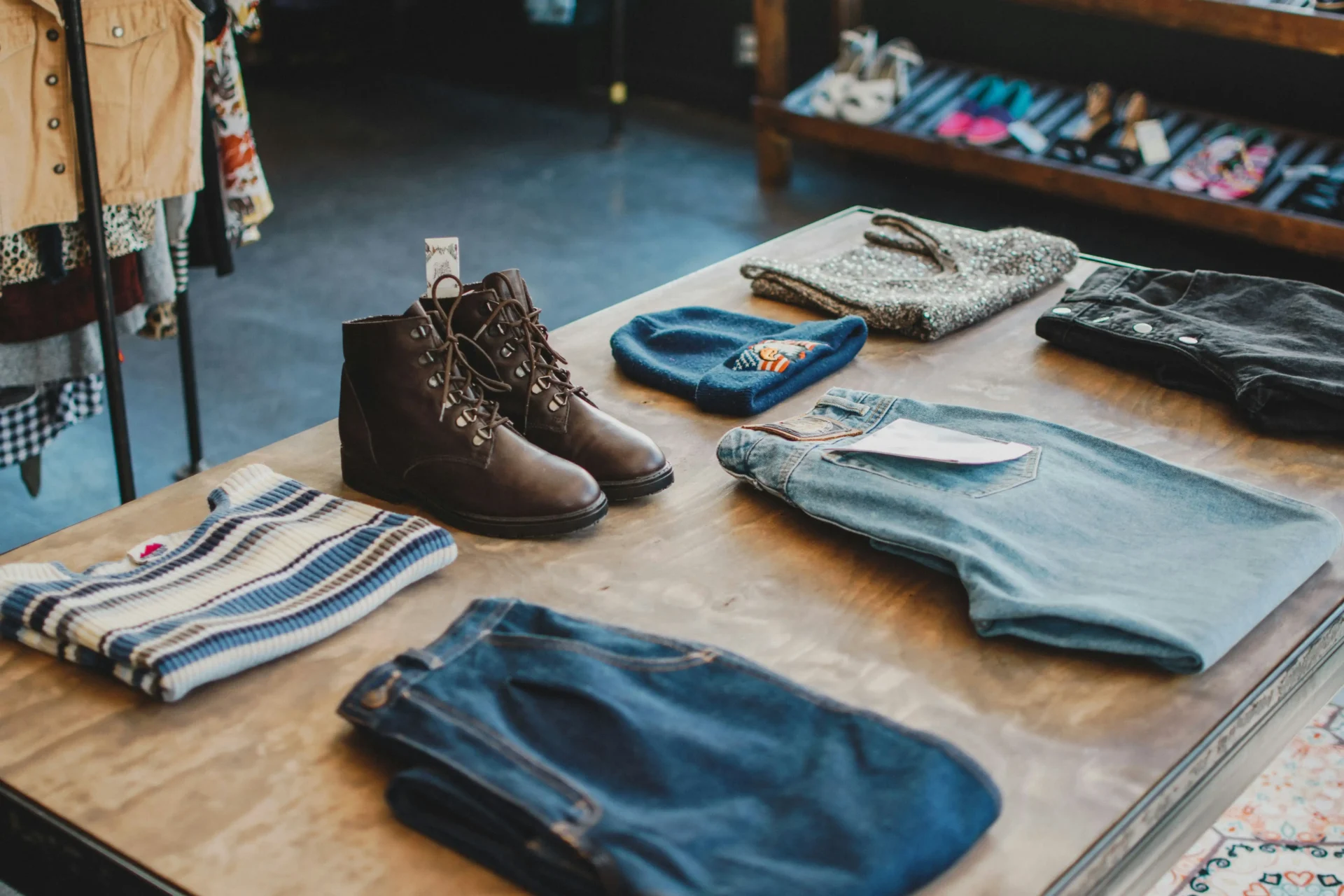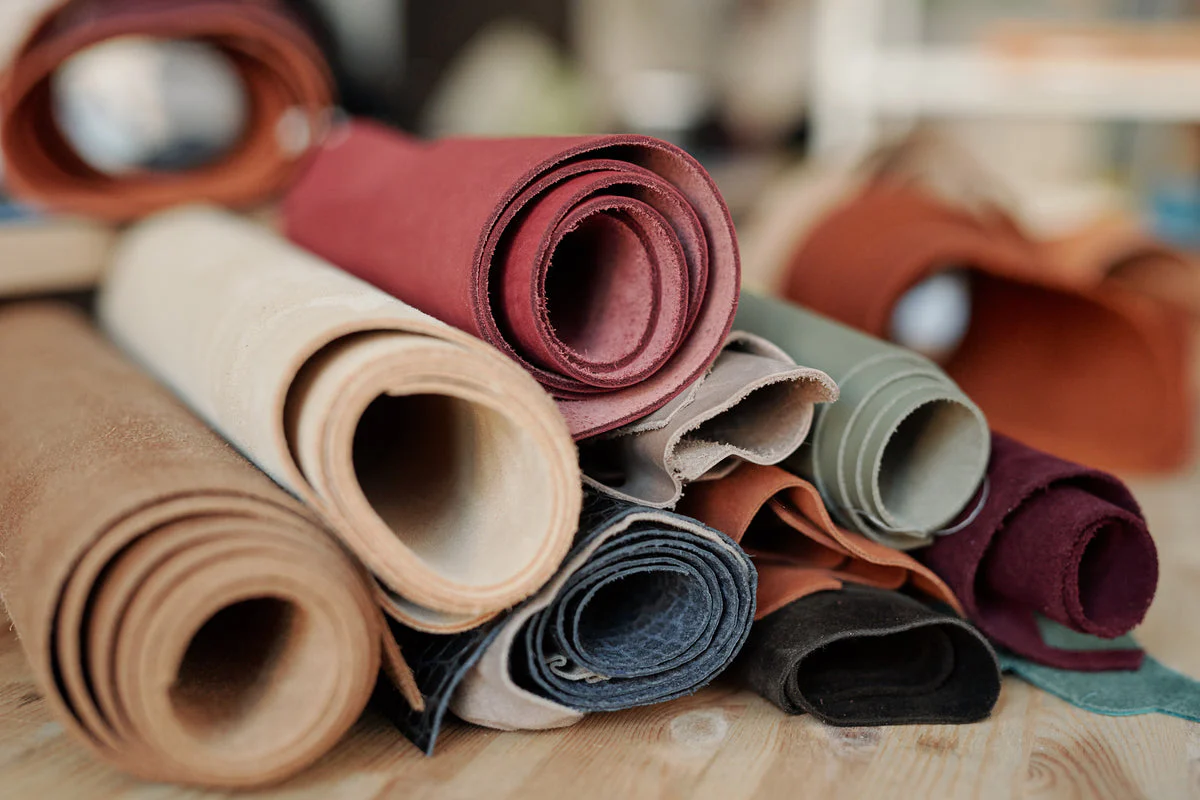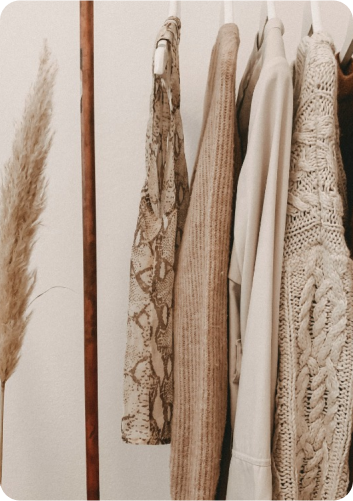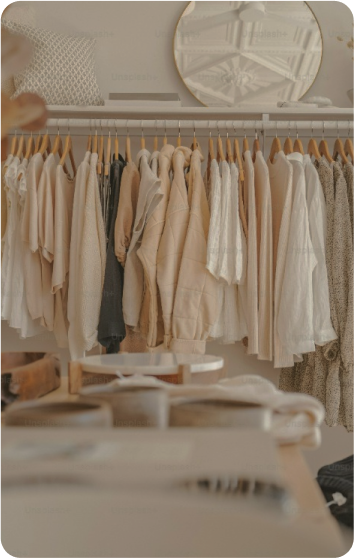Welcome to the world of Modal fabric, a sustainable textile that answers the pressing question: What is modal fabric? Derived from the renewable fibers of beech trees, Modal is celebrated for its exceptional softness and strength, making it a popular choice in the eco-conscious fashion industry. As a fabric that marries the luxurious feel of silk with the practical benefits of cotton, Modal is revolutionizing the market for those who seek comfort without compromising on environmental values.
In this exploration of Modal fabric, we’ll uncover the intricacies of its production, which sets new standards for eco-friendly manufacturing, and its versatile applications, from high-end fashion to everyday wear. Delve into the world of sustainable textiles with us as we reveal why Modal fabric is a smart choice for the future of fashion, offering insights into its care, benefits, and the pivotal role it plays in the movement towards more responsible consumption and production.
What is Modal Fabric?
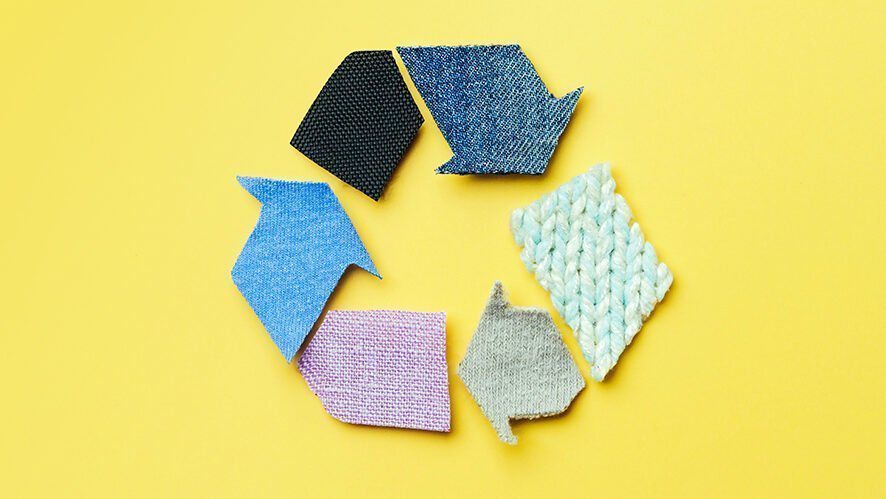
Modal is the common name for a semi-synthetic upgrade to viscose rayon frequently used in customer fabrics. This material is considered semi-synthetic because it is made from a mix of organic and synthetic products. The main material for modal rayon is cellulose from hardwood trees like beech and oak. Yet, this raw tree material experiences a complicated manufacturing process before making it right into a wearable fiber. Breathable and also silky smooth to the touch and with impressive resistance to shrinking as well as pilling, modal is around 50% more water-absorbent in each volume than cotton, making it a prominent option for underwear and also activewear alike.
The Eco-Friendly Production of Modal Fabric
Having explored the question of ‘what is modal fabric,’ we now turn to its origins and manufacturing process. Developed in 1951 in Japan, modal fabric is a refined variant of viscose rayon, sharing many similarities yet distinguished by its more sustainable production process. This evolution of rayon represents a significant step towards reducing the environmental footprint of textile manufacturing, positioning modal as a key player in the eco-friendly fabric industry.
Modal is available in string counts as high as 300, which indicates that it can be considered a luxury material. As contrasted to cotton, modal rayon is exceptionally immune to pilling. Modal’s major rival in the industry is lyocell, which is an entirely natural kind of rayon. While the manufacture of this item has the potential to be sustainable under specific situations, it is up to particular makers to follow the manufacturing processes that will undoubtedly lead to environmentally-friendly materials.
Modal Fabric in Use: From Activewear to High Fashion
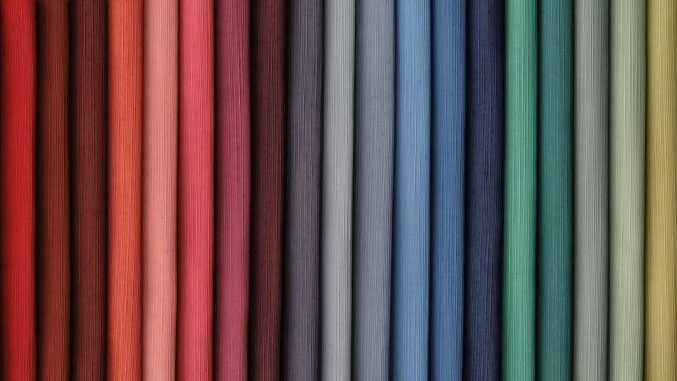
The usage of modal fabric is the immediate question after you’ve addressed what is modal fabric. Modal fabric is most frequently used as a choice to silk or cotton. Rayon was initially established as an option to silk; early kinds of this material were called “artificial silk,” and they were very popular in head scarfs and nightwear before their flammability was discovered.
Due to its soft qualities, thinness, and breathability, modal is very prominent in sports apparel. For instance, it is used for yoga exercise trousers, bike shorts, and swimsuits. Modal wicks sweat effectively, are simple to clean and remarkably resilient and durable. Because of its smooth texture, it is a usual choice for various other kinds of house textiles, such as bedsheets, that are kept close to the skin for extended amounts of time.
Comparing Textures: Modal Fabric vs. Cotton
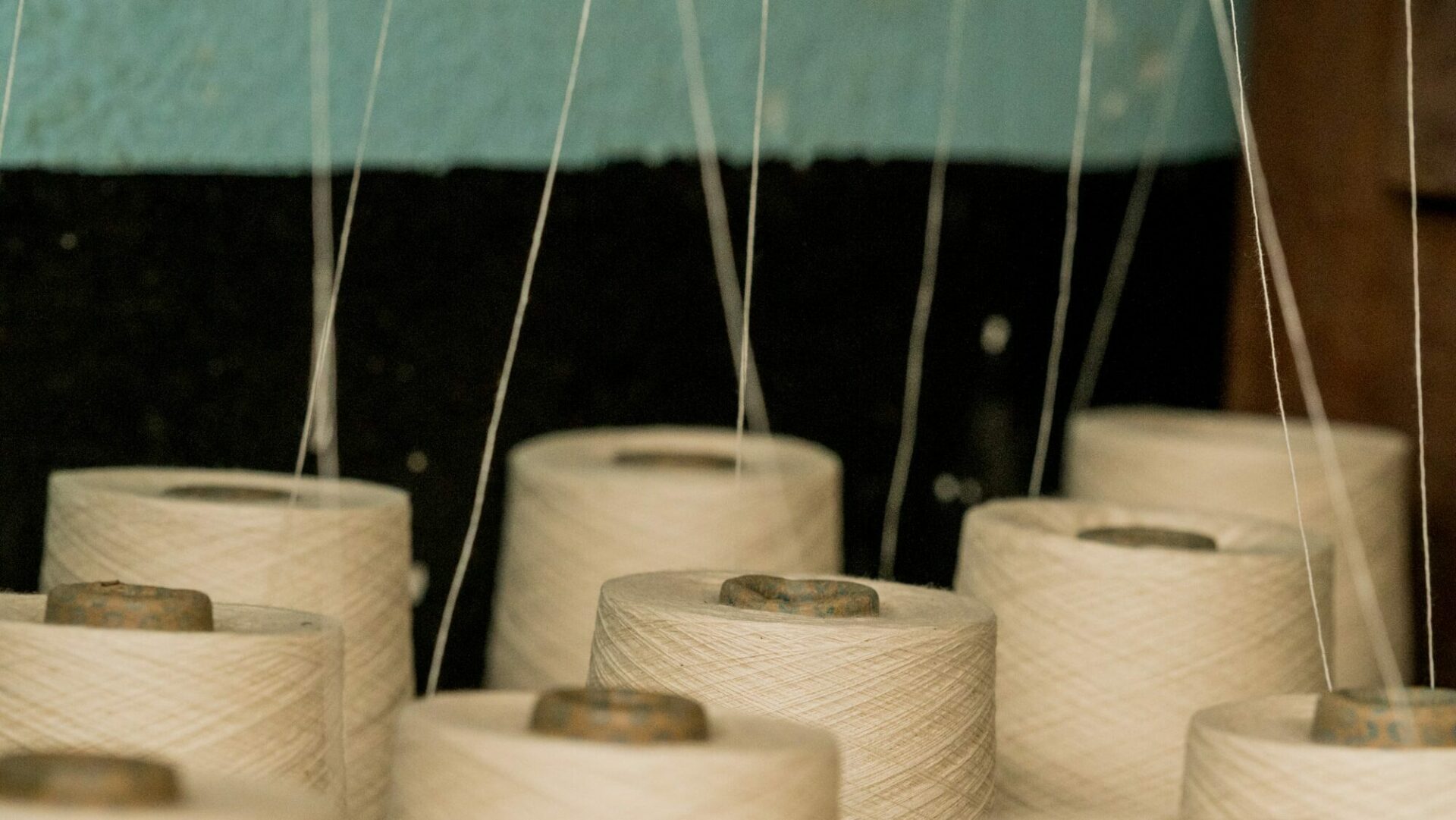
What is modal fabric and how is it different from natural cotton? Well, there are several companies which prefer to use the two fabrics together, known as modal cotton but there is some difference between the two. The difference between cotton and the modal fabric is that the modal is softer and silkier, while cotton is warmer and extra breathable. Both fabrics also have various origins, as cotton is a natural fabric produced from the wool balls of the cotton plant, whereas modal is a manufactured fabric made from the pulp of beech trees. Both textiles are prominent choices for apparel, particularly shirts and also undergarments.
The Pricing of Modal Fabric in the Textile Market
When considering the cost of sustainable textiles, ‘what is modal fabric’ often comes with a price tag that is marginally higher than viscose rayon but comparable to lyocell and cotton. This pricing reflects the intricate and eco-conscious production processes behind modal fabric, as well as its geographical production origins. Investing in modal fabric supports not only superior textile quality but also the broader commitment to sustainable fashion.”
On top of that, producers might reduce edges in the production procedure to maintain prices low, but doing so may lead to an item that is poor in top quality or harmful to the setting. For that reason, less expensive isn’t constantly much better when it involves modal material.
Unlock Your Savings with Exclusive Offer Coupons
Save big while shopping for sustainable products! Grab your exclusive coupons today!

Modal Fabric and the Environment: A Closer Look
What is modal fabric and what are its effects on the environment? The process of producing modal is somewhat extra eco-friendly than viscose. This raised environmental benefit is mainly done by the lower concentrations of caustic soda used to dissolve and purify the cellulose utilized to make this material.
The modal fabric production process uses a step called “xanthation,” which involves the application of carbon disulfide to cellulose during production. Carbon disulfide is a well-known neurotoxin and is introduced into the environment via the air and through the infected water produced throughout the rayon manufacturing procedure.
Upon getting into the ecosystem, carbon disulfide can harm the animal life in the vicinity of the factory or the waste terminal. Also, it can additionally trigger severe clinical troubles in people. The most exposed to this chemical discharged throughout the rayon manufacturing process are the workers who produce this fabric; these employees might experience liver damage, loss of sight, psychosis, or even fatality upon exposure to this toxic chemical.
Over the last few years, rayon suppliers have taken steps to decrease the effect of carbon disulfide on employees and the atmosphere. For example, chemical scrubbers might be set up in manufacturing facilities, and some businesses also use absorption makers to trap carbon disulfide before it comes in contact with workers. Depending on the growth and harvesting procedures utilized, acquiring cellulose to use for rayon might or might not be an environmentally sustainable procedure. Lots of rayon manufacturers just use cellulose from trees grown on land that is not appropriate for any other farming purposes. Particular kinds of timber, such as bamboo, are much more environmentally sustainable than others.
However, the fact stays that the substantial majority of trees’ material collected for usage in rayon is lost. Only the cellulose from trees is utilized to make Modal, and the rest of the tree product is discarded. Now that you have a better idea of what is modal fabric’s impact on the environment, let’s dive a little deeper on the topic.
Advancing Modal Fabric: Sustainable Innovations
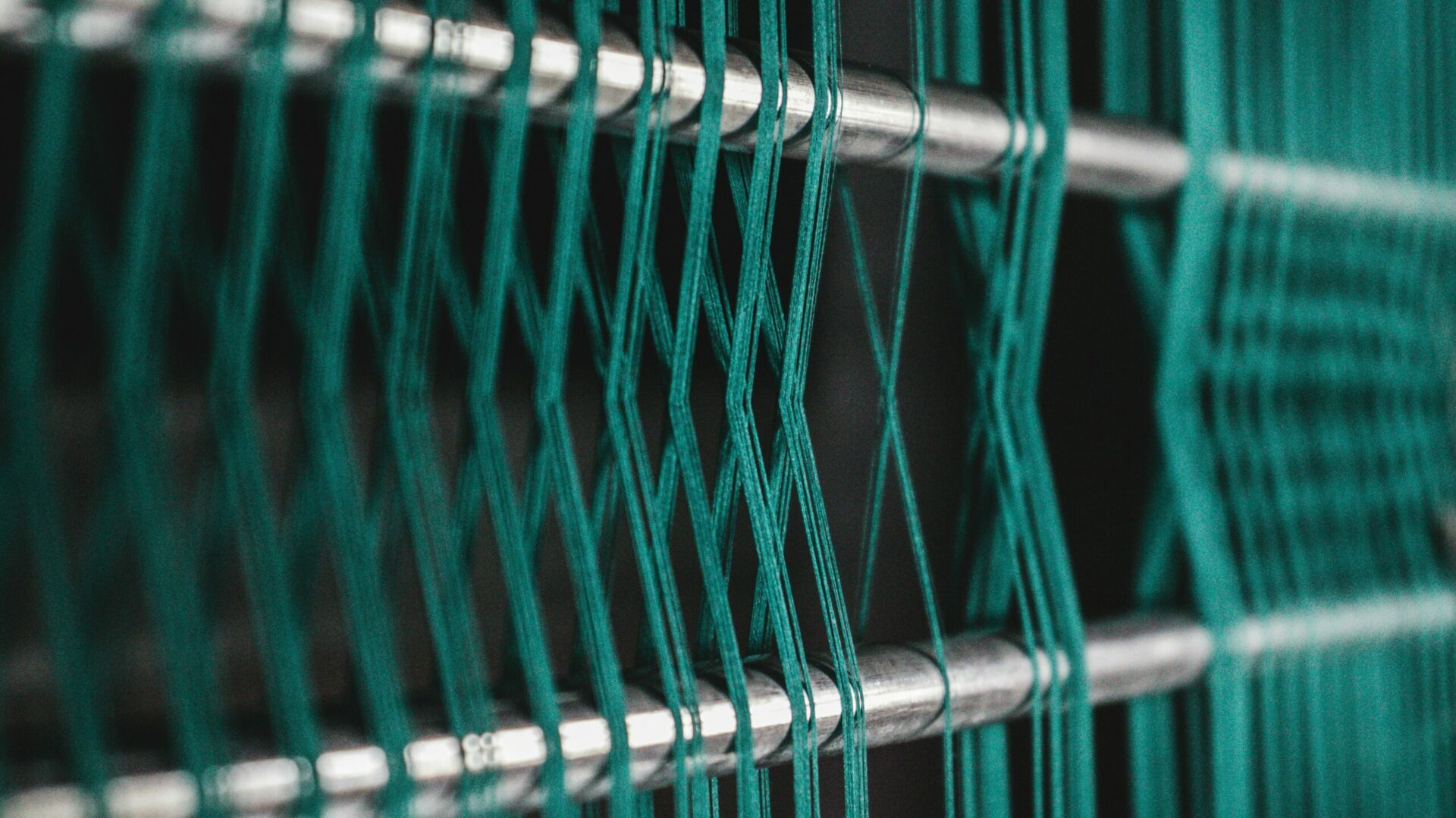
Considering that modal fabric is semi-synthetic, it isn’t easy to have this fabric accredited as organic. Nonetheless, Lenzing is one of the most significant producers of modal fabric around the globe under the name TENCEL ™ Modal. A global certification system secures TENCEL Modal. Lenzing has established ecological procedures for manufacturing its modal, which are not presently commercially offered to others. These less-toxic modern technologies enable Lenzing to have high healing prices of process active ingredients, minimizing exhaust and preserving natural resources.
The TENCEL Modal is harvested from PEFC, or FSC sustainably managed beech tree haciendas in Austria and surrounding European countries. Other modal fibers on the market are frequently less transparent and might not be gathered from eco-friendly materials. The environmental footprint of TENCEL Modal is a largely positive one– it’s carbon-neutral, requires much less land per tonne than cotton fibers, as well as has a water consumption level that’s 10-20 times less than that of cotton.
The Pros and Cons of Modal Fabric: An In-Depth Analysis
Many people have mixed feelings about what is modal fabric’s usage and its pros, along with cons. To start with the former, Modal has a lot of pros which makes it so popular amongst people. Though the fabric is not great at retaining body, heat–it’s is exceptionally absorbent. Making it a preferable option during the warmer seasons. Also, modal yields much more than cotton does. This also answers the question: is modal breathable? Since, the modal material is less likely to stick to your skin, and is water absorbent–it provides enough breathability. This feature also makes the modal material, or its substitutes like micro modal and modal cotton to be a great choice for sportswear and activewear.
Many companies also use micro modal and modal cotton to manufacture undergarments since the modal material brings incredible softness, which prevents any discomfort.
Hence, produces more with lesser resources which adds to its sustainability. One of the other plus points is the fact that this fabric is extremely smooth and silky, making it glide on your skin effortlessly, and when mixed with other fabrics–it provides this feature of smoothness to it as well. This also keeps the clothes wrinkle-free most of the time but can be ironed easily when needed.
The cons of modal fabric on the other hand are a few major ones as well; starting with the fact that it can trigger allergic reactions on the skin more than any other fabrics. Its durability and longevity have also been a question when it comes to sustainability since it’ll be discarded faster than other fabrics, hence, increasing its carbon footprint in its entirety. Modal fabric needs dry-cleaning many times, since washing it with hot water on your own may turn its color
Modal Fabric Durability: Resistant to Shrinkage?
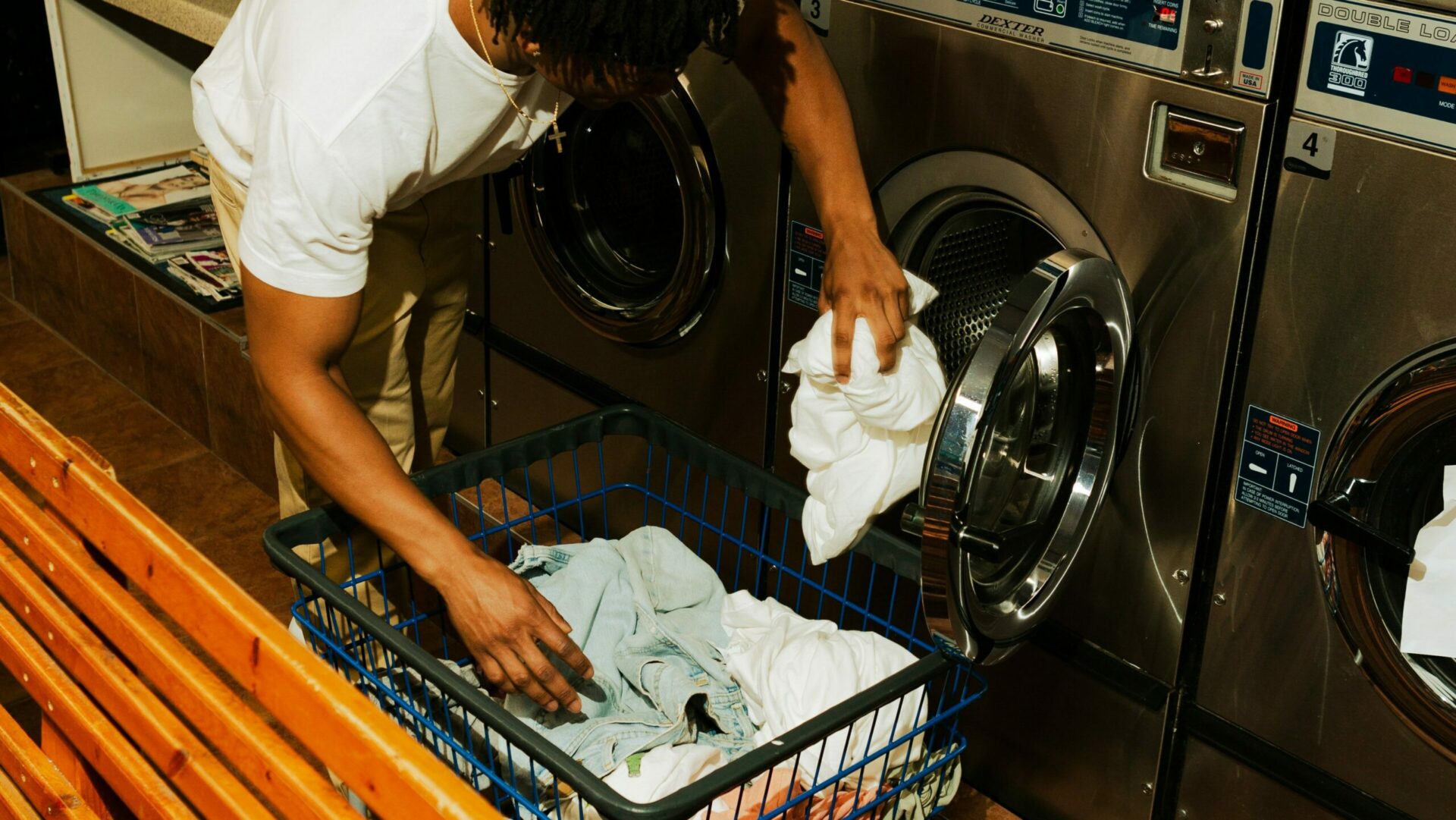
To the question: Does modal shrink? There’s no rigid answer. As you might already know what is modal fabric and how it is plant-based, it’s important to take that into consideration, since it isn’t as long-lasting as synthetic materials, modal is really solid and fairly resistant to reduction. Nonetheless, the modal is still made from plant fibers, so it isn’t completely shrink-resistant. Due to the fact that modal is more difficult to shrink than other similar plant-based textiles, it is difficult to put an exact amount on how much it shrinks.
You need to know that rayon can diminish an indefinite quantity and also can also shrink even more whenever you wash it. Cotton can reduce approximately 20% of its original dimension. Modal is believed to shrink by 50% less than cotton or rayon, which means that you can most likely anticipate a 10% shrinking at most. Although it is more challenging to obtain a modal to reduce, to begin with, it can diminish more than anticipated.
This generally occurs if you do not consider a great deal of treatment when you launder the textile. If you repetitively clean as well as completely dry modal fabric under conditions that can cause it to shrink (namely hot water and continuous usage of dryers), it can reduce a little bit each time you wash it.
Ethical Fashion: Brands Championing TENCEL Modal
To make sure that you are making moral, ethical choices, consider brand names with open manufacturing procedures.
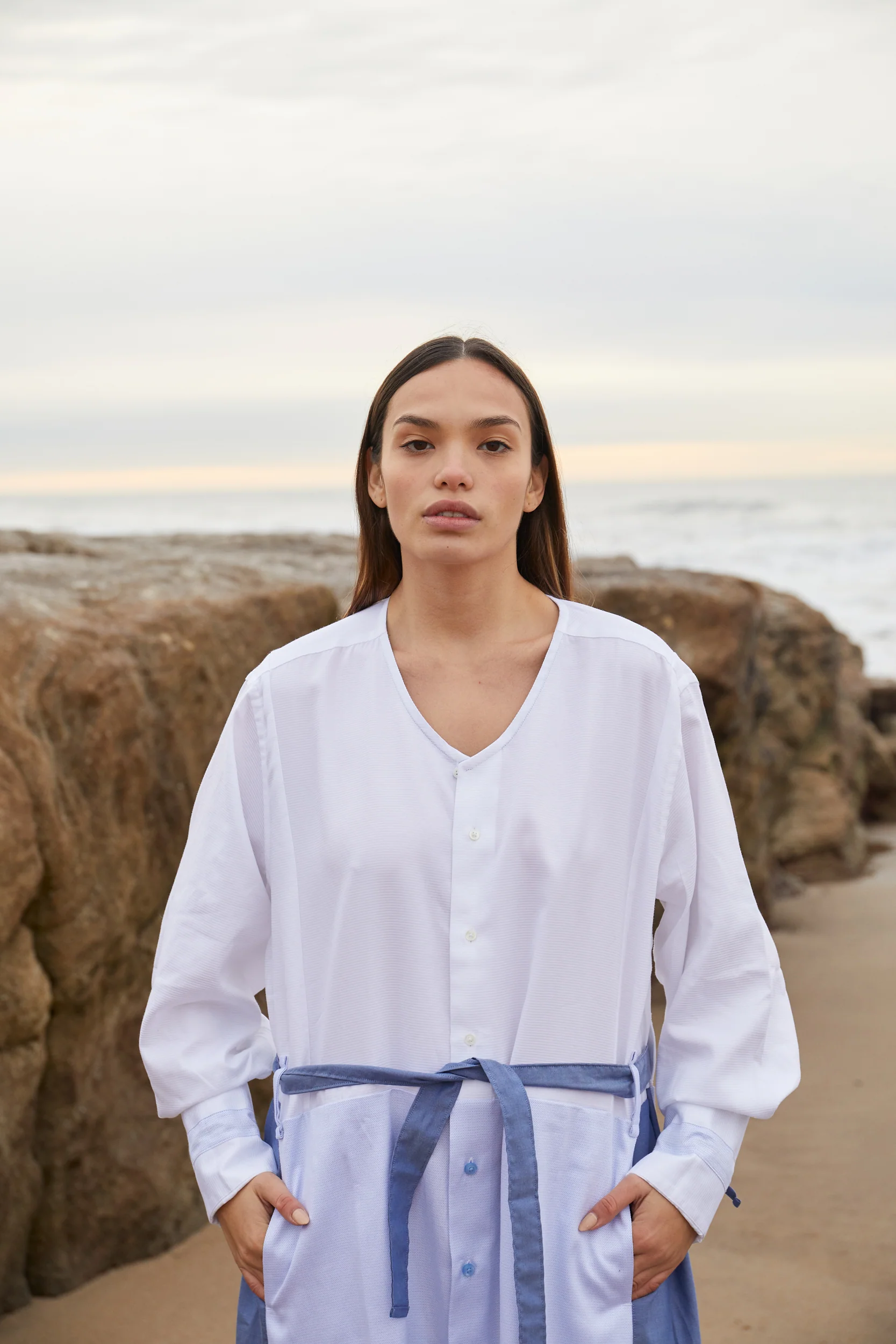
The R Collective’s womenswear designs are created by utilizing salvaged leftover materials from well-known premium brands and manufacturers. The brand makes extensive use of eco-friendly products, reducing the number of chemicals, water, and wastewater utilized in production. It also ensures that its supply chain pays a livable wage and employs repurposed cotton modal fabric.
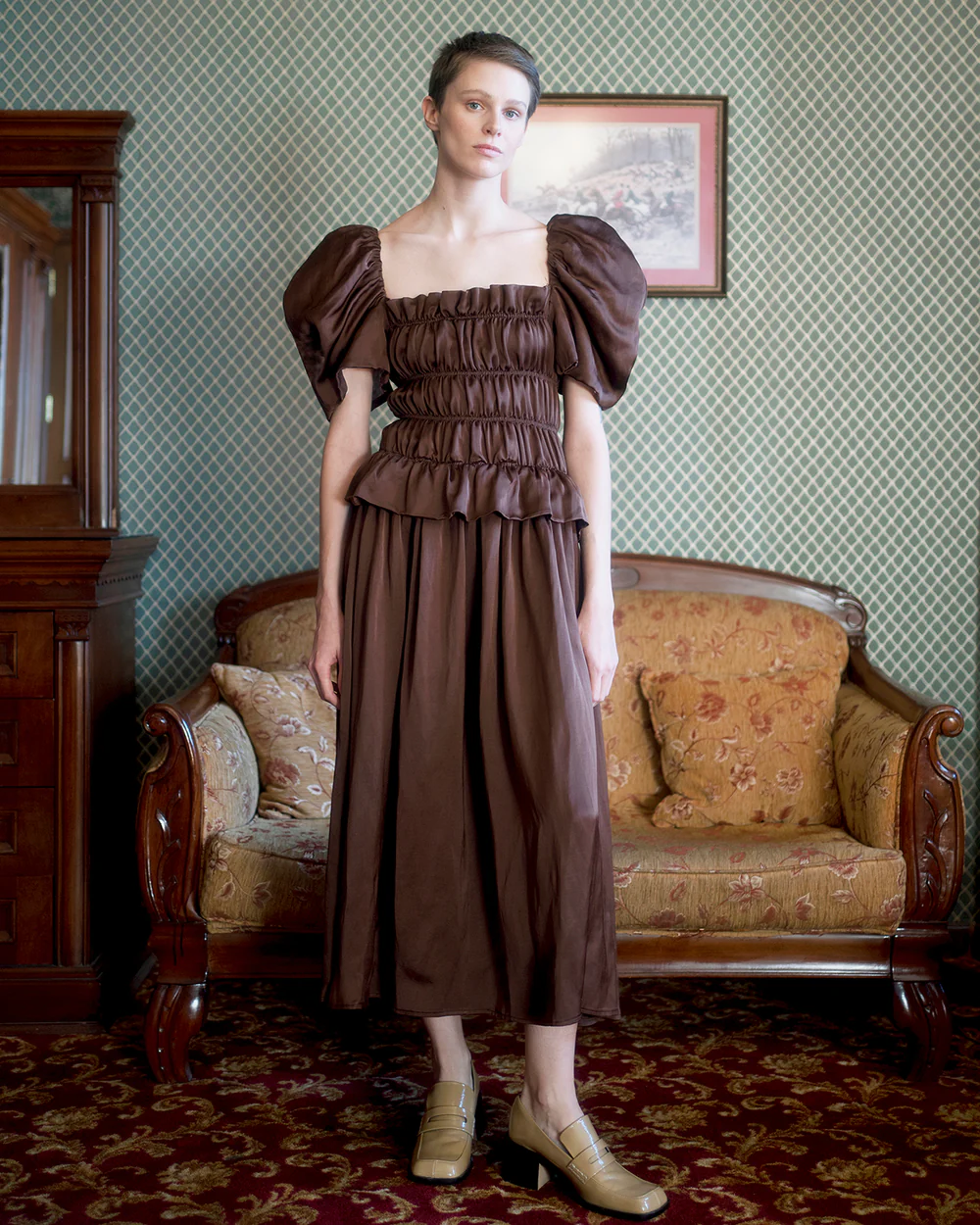
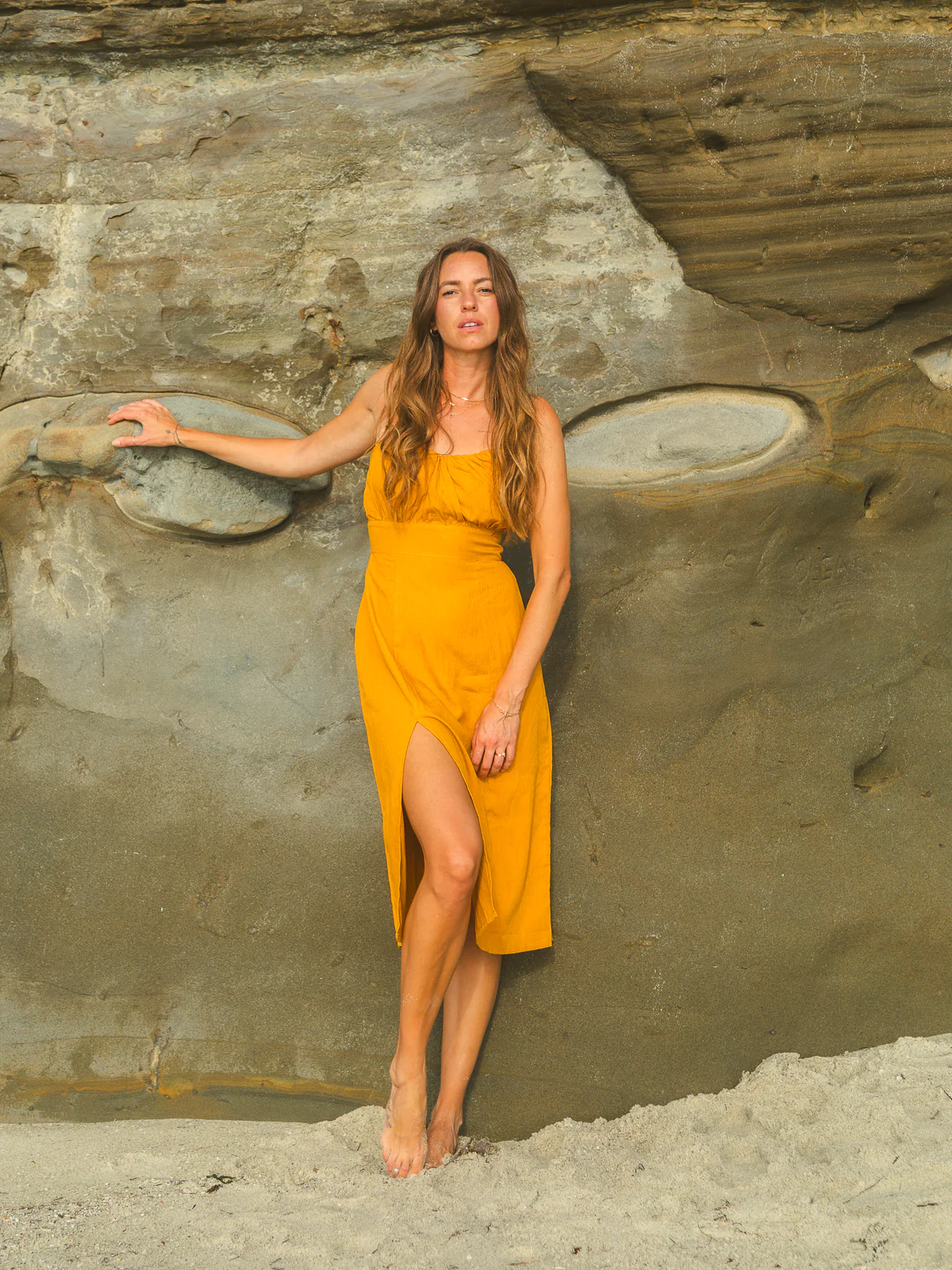
FAQs
What exactly is modal fabric?
Modal fabric is a type of rayon, often celebrated for its sustainability and softness, made from the cellulose of beech trees. It’s a semi-synthetic textile that offers a combination of breathability, durability, and eco-friendly production.
How does modal fabric benefit the environment?
Modal is known for its eco-friendly production process that requires less water and energy than conventional cotton. It’s also biodegradable, reducing its environmental impact and supporting sustainable fashion initiatives.
Can modal fabric be used for all types of clothing?
Absolutely! Modal’s versatility makes it suitable for a wide range of garments, from luxury apparel to activewear, due to its softness, strength, and excellent drape.
Is modal fabric a good choice for sensitive skin?
Yes, modal is hypoallergenic and naturally breathable, making it an ideal choice for sensitive skin. Its smooth fiber surface resists hard water deposits, ensuring it stays soft through repeated washings.
How does the cost of modal fabric compare to other textiles?
Modal fabric is generally priced between high-end silk and more common textiles like cotton, reflecting its premium qualities and sustainable attributes without being prohibitively expensive.
What are the care instructions for modal fabric garments?
Modal fabric is surprisingly easy to care for. It’s machine washable, resistant to shrinkage, and maintains its silky feel after washing, making it a practical choice for everyday luxury.
How does modal fabric contribute to ethical fashion practices?
By prioritizing renewable resources and environmentally responsible production methods, modal fabric aligns with ethical fashion practices that focus on reducing the industry’s carbon footprint and promoting fair labor standards.
Final Thoughts on Modal Fabric: Embracing Eco-Conscious Fashion
In summary, the essence of modal fabric extends beyond its soft texture and versatile use. As we’ve uncovered the answer to “what is modal fabric,” we’ve also delved into its role as a sustainable textile champion. Modal’s eco-friendly production process and its comparison to traditional fabrics like cotton highlight its position as a frontrunner in the movement towards environmentally conscious fashion. By embracing modal, consumers and designers alike make a statement in support of eco-innovation and responsible resource use.
The journey through the world of modal fabric demonstrates its value as an investment in both quality and sustainability. From its luxurious feel to its minimal environmental impact, modal stands out as a textile that doesn’t just drape us in elegance but also drapes our industry’s future in hope. As we continue to explore and support sustainable textiles like modal, we weave a narrative that aligns with our environmental ethics and our pursuit of excellence in fabric innovation.
Dive deeper into the fabric of fashion with our expertly curated blogs. Discover a world where style meets sustainability, and innovation weaves together with tradition. From the luxurious touch of silk to the robustness of denim, our blogs offer rich insights into a variety of materials shaping the industry.
Want to read more like this?
Get similar stories and a free sustainability checklist delivered to your inbox.

Like our content?
Get similar stories and a free sustainability checklist delivered to your inbox.


